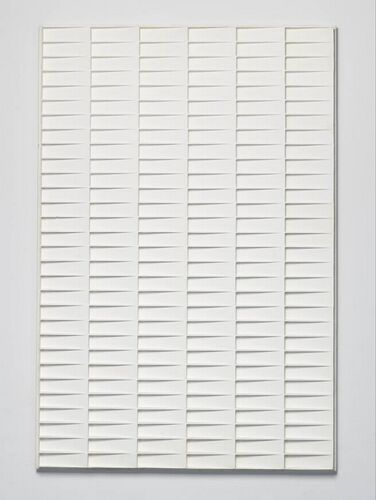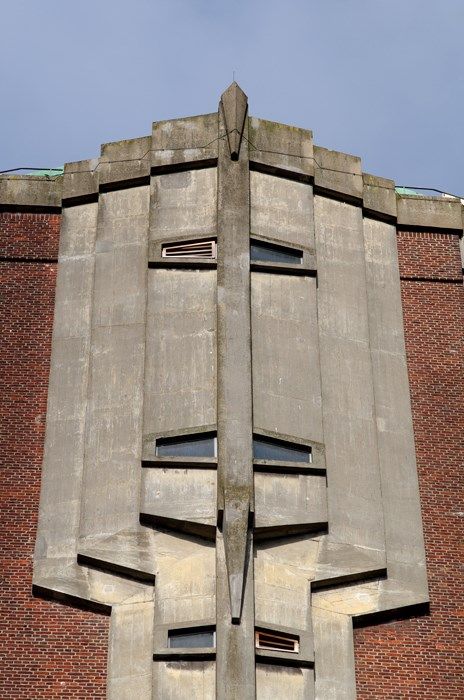Tulip family's based on random mutations for a parking garage in Moscow
The Netherlands is famous for its cultivated tulips and is one of the most important export countries for tulips and tulip bulbs. Tulip groups itself were mainly created by Dutch growers who introduced a diverse range of different tulip forms during the past centuries. Those different forms were ultimately placed in a classification system of 15 different groups. Decisive were form, seizoen and orgin. In order to determine origin, you actually ask from which parents did a certain type arise.
The tulip knows many random mutations that gives new colors and variations. New tulip varieties can also be created on purpose. This is done by crossing two different tulips. Where the pollen from one tulip (father) is lubricated on the pistil of the other tulip (mother).
Together with the already existing corridor this principle formed the main inspiration source for the development of the graphics in the parking lot of Holland House, where we took the characteristic image of the tulip as a starting point and looked for the boundaries between the the shape and his recognisability . This resulted in a wide range of forms that are mainly recognisable together and are able to mutate with each other by overlapping. This idea is also connected to the concept of the building where it was one of the goals by the architects to create a contemporary architecture in which the formal language of the Amsterdam School is reinterpreted. Which can be described by a rhythmic repetition of layers and shadow played with vertical movement and ornamental details.
Performed in ARCH(E)TYPE. Architecture by Paul de Vroom & Sputnik.
Together with the already existing corridor this principle formed the main inspiration source for the development of the graphics in the parking lot of Holland House, where we took the characteristic image of the tulip as a starting point and looked for the boundaries between the the shape and his recognisability . This resulted in a wide range of forms that are mainly recognisable together and are able to mutate with each other by overlapping. This idea is also connected to the concept of the building where it was one of the goals by the architects to create a contemporary architecture in which the formal language of the Amsterdam School is reinterpreted. Which can be described by a rhythmic repetition of layers and shadow played with vertical movement and ornamental details.
Performed in ARCH(E)TYPE. Architecture by Paul de Vroom & Sputnik.















